info@thegoldenpal.com
TheGoldenPal is one of the leading suppliers of sensory toys/school supplies in China. We offer weighted products, sensory body socks, egg chair, lockable phone pouches, soft play, etc. We are committed to delivering your products on time, within budget, and with excellent quality. To build your brand, you need a sensory toys/school supplies supplier from China who has been in the field for over 15 years.
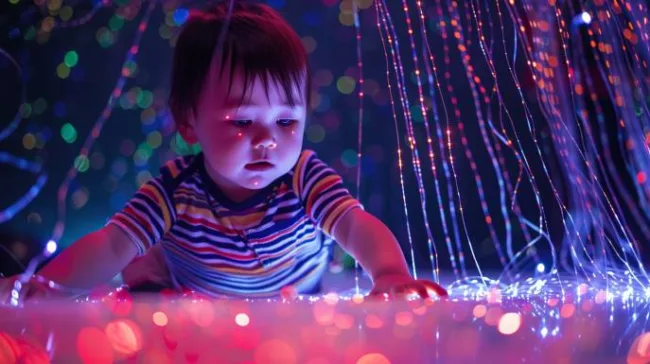
As a wholesaler of sensory toys/school supplies (weighted items, sensory body socks, sensory toys, soft play, etc.), besides making regular orders, we are happy to help them turn their ideas into reality. You are welcome to contact us for OEM orders.
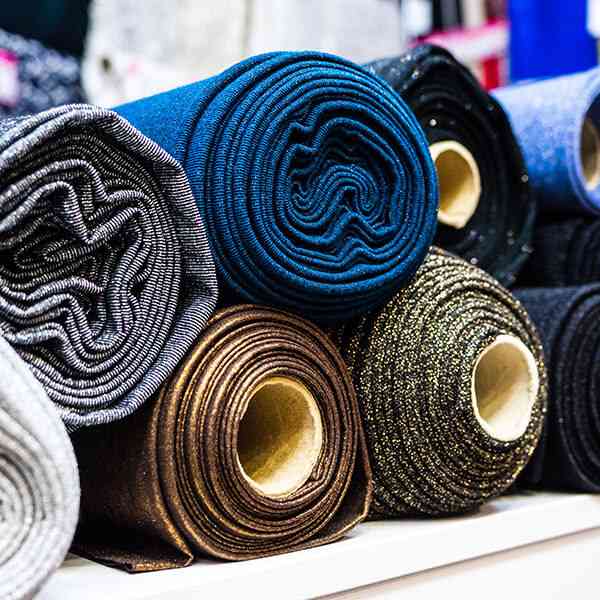
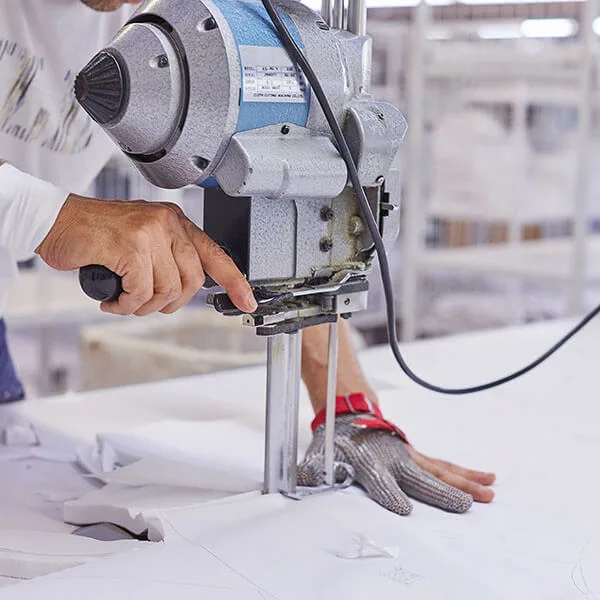
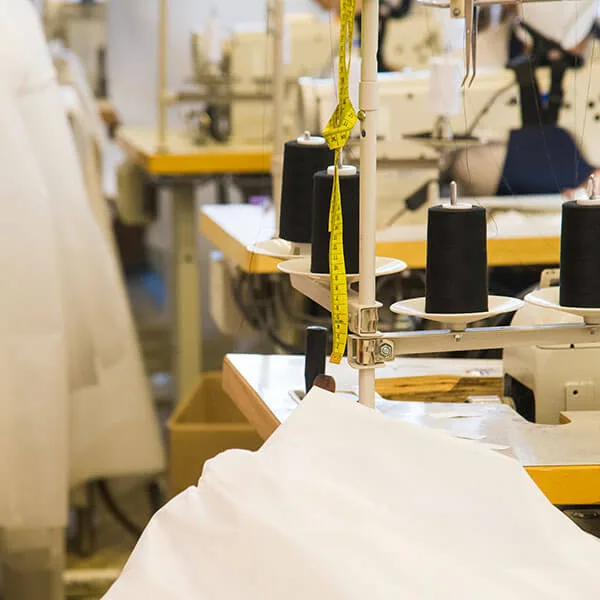
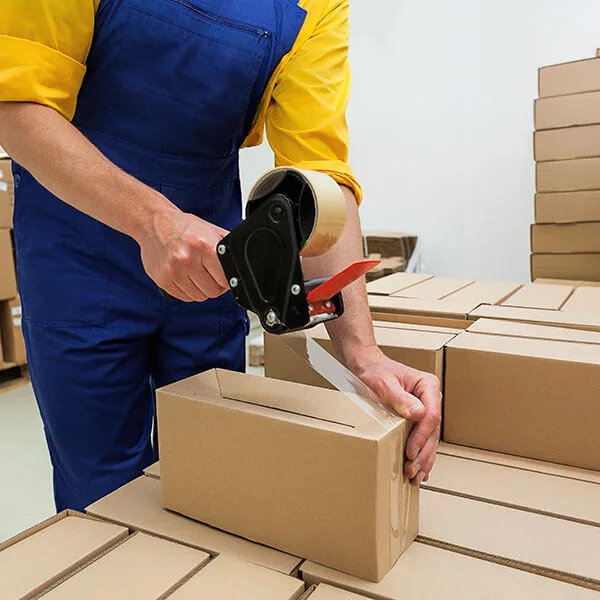
The GoldenPal’s sensory toys/school supplies for children, adults, and those with other special needs are carefully designed and produced with love. If you are a sensory toys/school supplies sourcing manager, we believe this information can help you expand your wholesale business.
TheGoldPal‘s services are always the extra mile ahead. We believe that only by serving our customers better can we go farther.
For regular orders, we stock enough fabric and material to ensure a quick delivery.
The staff you are talking with are very experienced to understand all your needs.
We strictly select fabric and accessories. We only use Eco-friendly materials.
Provide your design or let us know your ideas, we usually finish the sample in 7-10 working days.
Here you will find the ordering process flow and duration estimation.
Confirmation of pre-production samples (physical confirmation or photo confirmation) will take longer for OEM orders. OEM sampling time is within 2 weeks.
We both sign the contract (Proforma Invoice Sales Confirmation)to confirm the order. Then, you arrange the deposit and provide us with the bank slip.
The bulk manufacturing will start according to the confirmed sample. The process will take around 10-30 days, including inspection and packing of the final goods.
It depends on whether the shipment is by air or sea and the distance between our countries. For example, if you choose air freight, it will only take 7-10 days, whereas sea freight will take approximately 25 days. It takes around 17 sailing days from Shanghai Port, China, to Melbourne, Australia.



Here are some important concerns of our customers. Contact our team for more questions. You will get a reply within 8 hours.
Yes. The fabric and filling stuff we are using is Eco-friendly. They are safe for people.
Yes. We can simply add a logo to our products or manufacture them according to your design. We have a very experienced R&D team. We’d love to help you realize your ideas, from paperwork to actual products.
For regular orders, we generally deliver in 25 to 30 days. OEM orders require additional sampling time. Shipment by sea will take longer than shipment by air.
Yes, of course. We hope this opportunity will deepen our mutual trust and lead to more opportunities for cooperation.
We usually accept T/T with a down payment. For small-quantity orders, we may accept payment through Payoneer.
Below is a detailed description of our sensory products to aid your understanding. For information on sensory integration therapy, ADHD-specific sensory tools, or adult sensory room equipment, refer to the content below for comprehensive insights.
The sense organs are the sensory systems of the human body. The senses we usually understand generally refer to five types, namely vision, touch, hearing, taste and smell, which are perceived from the body’s eyes, skin, ears, tongue, and nose. According to scientists’ research, in addition to the five major sensory systems, three internal sense organs are also very important. It is mainly a perceptual consciousness, namely body consciousness (proprioception), body movement (vestibular) and basic body functions (interoception). Therefore, the human sense organs we often refer to now refer to eight types.
Sensory products are items that can stimulate multiple senses of the human body. Common ones include Therapy Putty(tactile), weighted blankets (proprioception), Bubble Tube (visual), Swivel Chair (vestibular), etc. For children with autism, sensory products play a significant role. For example, colourful puzzles (visual) can attract their attention and help with cognition; swings (vestibular) can improve their balance and coordination abilities; tactile mats with special textures can help them adapt to different touches and reduce tactile sensitivity. These products assist in the rehabilitation training and development of children with autism by providing sensory stimulation.
There is also smell, taste, introception, etc.
Yes. These products are also helpful for autistic adults. Sensory issues can be continuously improved. For example, they can relieve stress and anxiety, regulate emotions, and enhance attention and concentration. They are not exclusive to children. Adults can use them as well, and their use is recommended.
Of course. Our products can create a sensory-friendly environment that will help your students maintain focus, reduce stress, and accelerate learning. These include Soft Fidget Toys, Weighted Stuffed Animals, Tactile mats, ear defenders, a visual timer, stress balls, weighted lap pads, a wobble cushion, and chair bands.
Yes. A sensory room is a specially designed space that aims to provide a controlled multisensory environment. Here’s a more detailed explanation:
1. Purpose
The primary purpose of a sensory room is to offer a range of sensory experiences to help individuals, especially those with sensory-processing difficulties, such as autistic individuals, people with ADHD (Attention Deficit/Hyperactivity Disorder), or those with developmental disabilities, relax, self-regulate, and focus. It can also be used for general sensory stimulation and exploration for all ages, including children and adults.
2. Components and Features
Visual Elements
It often includes a variety of lighting options. For example, fibre-optic lights that can create a twinkling star-like effect, colour-changing LED lights to adjust the mood and visual stimulation level, and bubble tubes with floating objects and colourful lights that provide a visually engaging and calming focus point.
Auditory Components
The room usually has a sound system that can play various sounds. These include rhythmic music and white noise to help with concentration or calming. Some sensory rooms also have sound-activated elements, such as musical instruments that respond to touch or movement, adding an interactive auditory experience.
Tactile Features
There are many tactile elements. Soft furnishings like bean-bag chairs, fluffy rugs, and cushions provide a comfortable and cosy tactile experience. Tactile walls or panels with different textures (smooth, bumpy, or furry) allow individuals to explore and feel different sensations.
Vestibular and Proprioceptive Equipment
This includes swings , which provide vestibular stimulation through movement and help with balance and body awareness. Weighted vests, compression blankets, or body socks may also give proprioceptive input, making individuals more aware of their body position and movement and having a calming effect.
3. Layout and Design
The layout of a sensory room is designed to be flexible and accessible. It usually has enough space for individuals to move around freely and interact with the different sensory elements. The room is often kept quiet and free from distractions, with soundproofing and controlled lighting conditions. The design also considers safety, with rounded edges on equipment and non-slip surfaces to prevent accidents.
Silicone :
Characteristics: Silicone is a soft, elastic, and durable material. It is non-toxic, odourless, friendly to human skin, and has good heat and cold resistance.
Applications: Silicone is commonly used to make tactile sensory products. For example, silicone decompression toys can be squeezed and stretched by people to relieve stress, and their soft texture can give people a comfortable tactile experience.
Wood:
Characteristics: Wood has a natural texture and grain, giving people a warm and rustic feeling. Its strength and durability vary depending on the type of wood, and it is a relatively environmentally friendly material.
Applications: It is widely used in visual and tactile sensory products. For instance, wooden puzzles are visually appealing with natural colours and textures, and the wood texture feels comfortable.
Fabric:
Characteristics: Various fabrics, including cotton, linen, silk, and wool. Each material has a unique touch, breathability, and strength.
Applications: It is an important material for making tactile and visual sensory products. For example, soft blankets are usually wool or cotton, and their furry touch can warm and comfort people. The colours and patterns of the fabric can also create visual beauty. A body sock made of fabric can give people a different proprioceptive feeling.
Plastic:
Characteristics: Plastic is a highly malleable material that can be made into various shapes and colours. It is lightweight, durable, and relatively low-cost.
Applications: It is used in a variety of sensory products. In terms of vision, transparent plastic can be made into light and shadow toys. For example, some elastic plastics can be made into tactile balls, and the surface texture and elasticity can stimulate the tactile sense.
Metal:
Characteristics: Metal lustrate, hardness, and a strong texture. It also has good thermal and electrical conductivity. Different metals vary in weight, colour, and texture.
Applications: Metal is often used to make visual and auditory sensory products. For example, when the wind blows in metal wind chimes, the metal pieces collide to make a clear and pleasant sound, stimulating the auditory sense. With their lustre and shapes, metal sculptures or ornaments can serve as decorations to stimulate the visual sense.
Water:
Characteristics: Water is a transparent, flowing liquid with characteristics such as a cool touch and the ability to reflect and refract light.
Applications: Water is used as an auxiliary component in some sensory products. For example, flowing water, small fish, and gorgeous lights in a bubble tube constantly give people a visual experience.
Some kids may outgrow sensory issues, while others may not.
Neural Maturation and Adaptation
Children’s nervous systems may gradually adapt to various sensory stimuli as they develop and mature. For example, a child who is overly sensitive to loud noises might become less reactive as their auditory system matures and they learn to regulate their responses better. The brain’s ability to filter and process sensory information improves over time, which can reduce the intensity of sensory issues.
Exposure and Desensitization
With repeated exposure to stimuli that once caused discomfort or over-stimulation, kids can sometimes desensitize. For instance, a child who is initially averse to the texture of certain fabrics may, through gradual and positive exposure (such as wearing clothes with that texture more often in a non-threatening context), become more accustomed to it and eventually have less of a problem.
Learning and Coping Strategies
As children grow and learn, they develop coping strategies for sensory challenges. They may learn to self-regulate through techniques like deep breathing, taking breaks, or using fidget toys. These strategies can help them manage their sensory experiences more effectively, giving the impression that the sensory issues have lessened.
However, for some children, especially those with conditions like autism spectrum disorder or sensory processing disorder, sensory issues may persist into adulthood. These individuals may continue to require support and accommodations to manage their sensory sensitivities.
See what our clients say highly about our products and services:


China sensory products supplier best recommend 2025
Typically replies within minutes
Any questions related to https://thegoldenpal.com/?
WhatsApp Us
🟢 Online | Privacy policy
WhatsApp us